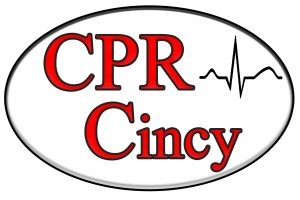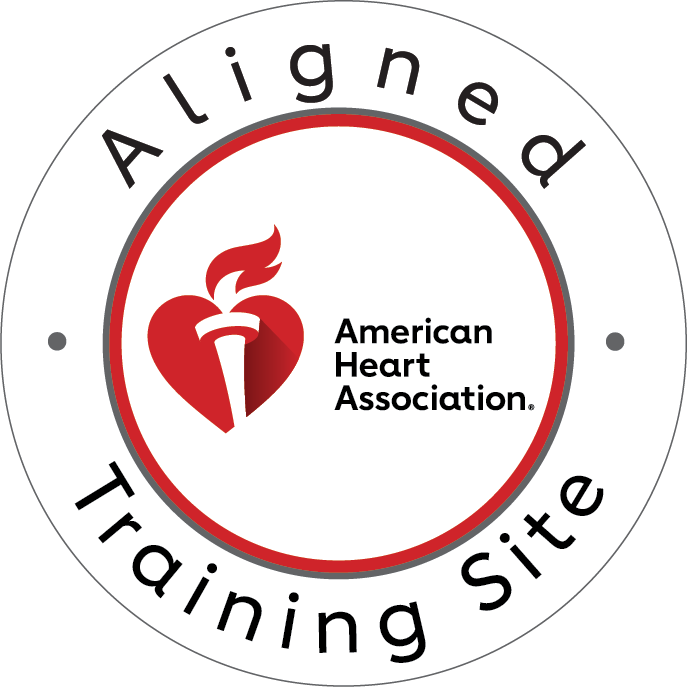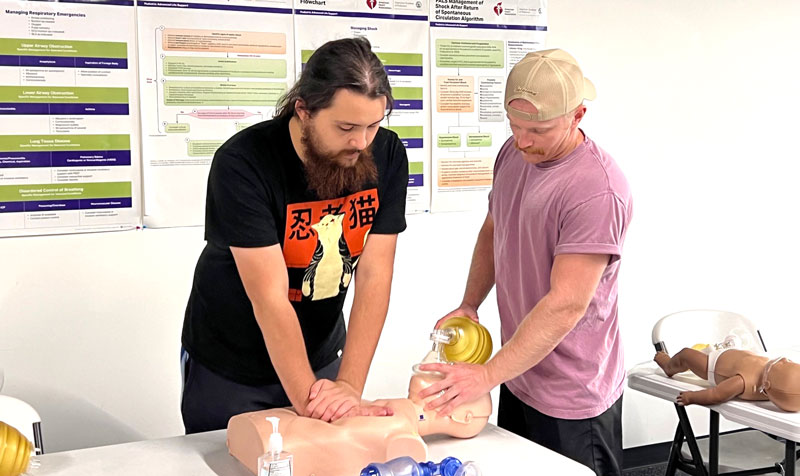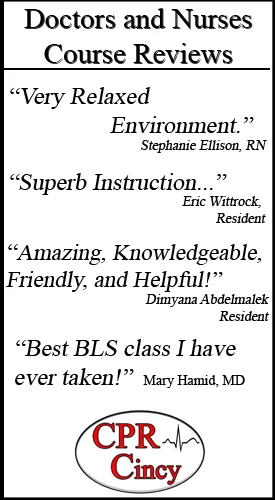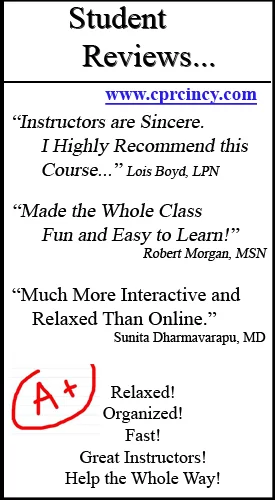When a person suffers a cardiac arrest, every second counts and the quality of CPR delivered can make the difference between life and death. One of the most critical steps in the CPR process is ensuring the airway is open so that breaths can be delivered. As a single rescuer, this task may seem challenging, but with the right techniques and training, you can provide life-saving care. In this article, we will explore how to open the airway for breaths when you’re the only rescuer present, why this step is so essential, and how you can effectively carry it out.
Airway management is a vital part of CPR, as ensuring the airway is clear allows you to provide effective breaths that oxygenate the heart and brain, which is crucial for survival during cardiac arrest. Understanding the key steps, using the proper techniques, and remaining calm under pressure can improve your effectiveness as a rescuer. Let’s take a closer look at how you can master these techniques to give the best chance of survival to the person in need.
The Basics of Airway Management
Airway management involves techniques used to ensure that a person’s airway is clear, allowing air to reach the lungs. During a cardiac arrest situation, if the person is not breathing or is breathing abnormally, the airway must be opened to allow effective ventilation. A blocked airway can lead to inadequate oxygenation, which may result in brain damage or death.
As a single rescuer, you are responsible for opening the airway and providing breaths to the victim. While it may seem straightforward, proper airway management requires technique and attention to detail to avoid complications, such as aspiration or inadequate ventilation. Knowing when and how to provide breaths is just as important as performing chest compressions effectively.
Common situations where a single rescuer may need to manage the airway include witnessing someone suddenly collapse, finding an unconscious individual, or responding to a drowning accident. In these scenarios, opening the airway quickly and providing effective breaths can greatly impact survival outcomes.
Assessing the Need for Breaths
Before attempting to open the airway or deliver breaths, it is essential to assess whether the person requires ventilation. The first step is to check the person’s responsiveness. Gently tap their shoulder and shout, “Are you okay?” to see if there is any response. If the person does not respond, you should immediately move on to assess their breathing.
The next step is to check if the person is breathing. You can do this by performing the “Look, Listen, and Feel” technique. First, place your ear close to the person’s mouth and nose. Look for chest rise, listen for the sound of breathing, and feel for air on your cheek. If the person is not breathing or is only gasping, it is time to open the airway and provide rescue breaths.
Once you have determined that the person needs assistance with breathing, you should immediately call for help, if you haven’t already done so. This means contacting emergency services to ensure that professional medical assistance is on the way.
How to Open the Airway
To open the airway effectively, the head-tilt, chin-lift technique is the most commonly used method for a single rescuer. This technique allows the tongue to move away from the back of the throat and opens the airway for optimal ventilation. Here’s how to perform it:
- Place one hand on the person’s forehead and gently tilt the head back.
- Use your other hand to lift the chin upward, ensuring the neck is extended.
- Avoid excessive force—tilting the head too far back can cause the airway to close instead of opening.
- This technique should be used for most situations unless you suspect a spinal injury.
If you suspect the person has a spinal injury, such as in cases of trauma or a fall, you should use the jaw-thrust maneuver instead of the head-tilt/chin-lift. This technique helps avoid moving the neck and potentially causing further injury:
- Position yourself at the person’s head and place your fingers under the angle of their jaw.
- Gently push the jaw forward without tilting the head.
By using the correct technique, you can ensure that the airway remains open and that air can reach the lungs for effective breathing.
Delivering Effective Breaths
Once the airway is open, you are ready to deliver breaths. The goal is to provide enough air to fill the lungs, but not too much. To create an effective seal, you can use a pocket mask or perform mouth-to-mouth resuscitation, depending on the situation and the available resources.
For mouth-to-mouth resuscitation:
- Pinch the person’s nose closed with your thumb and index finger.
- Cover their mouth with yours, ensuring a tight seal.
- Deliver a breath by exhaling into the person’s mouth, watching for the chest to rise.
- If the chest does not rise, reposition the head and try again.
The AHA guidelines recommend delivering two breaths within 10 seconds. Each breath should be about one second long, and you should aim for a visible chest rise to indicate that the breaths are effective.
Troubleshooting Common Issues
Sometimes, despite your best efforts, the airway may not open as expected. There are a few common problems you may encounter during resuscitation:
- Blocked Airway: If the chest does not rise after attempting to provide a breath, the airway may be obstructed. Try repositioning the head using the head-tilt, chin-lift technique, or jaw-thrust maneuver. You can also perform a finger sweep if you can see an obstruction in the mouth, but only if it’s visible and accessible.
- Vomiting or Fluids: If the person vomits or fluids enter the airway, you must clear the airway before continuing breaths. Turn the person on their side and clear the mouth, if possible, using a cloth or your finger. Once the airway is clear, resume compressions and breaths.
- Minimizing Interruptions: It’s crucial to minimize interruptions during CPR. Each time you stop compressions to deliver breaths or check the airway, you delay blood flow to vital organs. Try to make your breaths efficient and resume compressions quickly.
Practice Makes Perfect
Airway management is a skill that requires practice to perform effectively. The best way to master these techniques is through regular CPR training. Hands-on practice helps build muscle memory and ensures you can perform the skills confidently under pressure. In addition to practicing proper techniques, it’s also essential to stay updated on the latest guidelines provided by the American Heart Association (AHA), as recommendations may change over time.
Why Choose CPR Cincinnati?
At CPR Cincinnati, we offer a stress-free, hands-on training environment designed to help you master airway management techniques. Our courses are tailored for individuals who want to learn CPR in a practical, real-world setting. By attending our training sessions, you will gain the skills and confidence needed to handle airway management effectively, whether you are a healthcare provider or a lay rescuer.
We offer certifications in Basic Life Support (BLS), Advanced Cardiovascular Life Support (ACLS), Pediatric Advanced Life Support (PALS), and First Aid. Our training emphasizes the importance of team coordination, effective airway management, and proper techniques for delivering life-saving breaths.
Mastering airway management is a critical skill in CPR that can significantly improve a person’s chances of survival during a cardiac arrest. Whether you’re using the head-tilt, chin-lift technique, or the jaw-thrust maneuver, understanding when and how to open the airway for breaths can make a life-saving difference. With regular practice, you can improve your proficiency and confidence in handling airway management during emergencies.
Don’t wait for an emergency to learn these life-saving techniques—enroll in CPR Cincinnati’s hands-on CPR training today! Your skills could be the difference between life and death.

